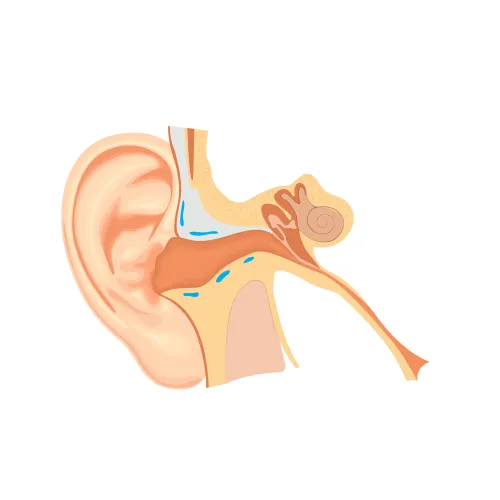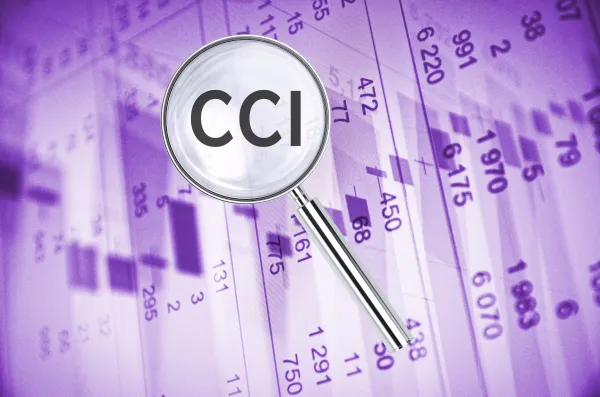Pediatric Coding Alert
Take This Advice for Current and Post-PHE Telehealth Success
These 6 big takeaways will help you move forward with your virtual services. The COVID-19 public health emergency (PHE) has had a huge impact on telehealth/ telemedicine, with rules and regulations seemingly changing on a weekly basis. But with the end of the pandemic now on the horizon, many are asking what the telehealth landscape will look like after the PHE is over. In her HEALTHCON 2021 presentation, “Telemedicine: Achieving Documentation and Coding Success,” Stephanie Sjogren, CPC, CPMA, CCS, CPC-I, CDEO, HCAFA, director of medical coding and provider reimbursement at ConnectiCare in Bristol, Connecticut, surveyed the current telehealth territory. Here are the main takeaways from that presentation, including her insights into telehealth best practices and her predictions for telehealth services once the PHE ends. Checking Medicare and Private Payer Policies First, you’ll need to look at the fine print. “Some payer policies state they cover telehealth, but before you start up your telehealth program, you need to do your research,” Sjogren warned. That means finding out if: Telehealth Documentation Best Practices Simply put, “telehealth documentation should not be any different than any other in-person visit,” according to Sjogren, though you should be sure to note the modality (video and audio, audio only, or asynchronous message/data) in order to justify the CPT® code billed. Additionally, you will need to show that the patient consented to telehealth, which means keeping an annual consent form on file and referring to it in the note and noting that your pediatrician was able to verify that the person being seen/ spoken to during the virtual encounter was the patient or the patient’s parent/caregiver. “This means the record should contain statements like: ‘This visit was conducted using asynchronous audio/video with Mom and patient present. Mother understands that the exam will be limited and may require the patient to present in person after the telemedicine visit. Mother voiced understanding and gave consent for this type of visit. History presented by mother and patient,’” says Donelle Holle, RN, president of Peds Coding Inc., and a healthcare, coding, and reimbursement consultant in Fort Wayne, Indiana. Reviewing/Auditing Documentation In addition to making sure all the above have been documented, a review of the record needs to verify that the telehealth provider is qualified to provide the service. Also, for evaluation and management (E/M) services furnished virtually, you will need to make sure the code you select matches the level of medical decision making (MDM) or time documented, though some private payers “may still require a history and an examination to be at the required level for the CPT® code selected,” Sjogren adds. Consequently, “if you are billing using the office visit codes 99212-99215 [Office or other outpatient visit for the evaluation and management of a new/established patient …], you should have an appropriate history and exam pertinent to the chief complaint and presenting problems, but the level of care will be based on MDM or time based on CPT® guidelines,” advises Holle. Telehealth During the PHE Currently, the Department of Health and Human Services (HHS) has relaxed many telehealth rules and regulations to allow for safe and flexible healthcare delivery during the PHE. They include such waivers as expanding the number of services allowed, allowing the patient’s home to be an originating site, and “allowing telehealth to be conducted on video-enabled phones using Facetime and Zoom, even when these are not considered to be ‘secure’ but more available for parents/patients,” Holle notes. The current rules also require you to bill for telehealth using the place of service (POS) code you would have used if the service had occurred face-to-face, such as POS 11 (Office), rather than POS 02 (Telehealth). And they also require modifier 95 (Synchronous telemedicine service rendered via a real-time interactive audio and video telecommunications system) to be appended on real-time services that are on the Centers for Medicare & Medicaid Services’ (CMS’) current telehealth list (found at www.cms. gov/Medicare/Medicare-General-Information/Telehealth/ Telehealth-Codes). Right now, these waivers have been renewed for another 90-day period, which started on April 8 and will end on July 8 (Source: www.phe.gov/emergency/news/healthactions/phe/ Pages/opioids-7April2021.aspx). What will happen after that remains unclear. Telehealth After the PHE — What Will Stay the Same and What Will Change “Many of these new telehealth policies may remain after the PHE,” Sjogren believes, but the following policies, in her estimation, will revert back to pre-PHE state: As for private payers, “they will probably continue to pay these services, possibly at a lesser amount as they are not in person, as they have realized that these services have become vital to the healthcare community. Delivering services with a phone call or audio/video service can cost the insurance carrier less than the patient going to the emergency department. And with many offices now having portals to communicate with the patient/ caregiver, e-visits will more than likely continue to be reimbursed, though again possibly at a lesser amount,” Holle concludes.

Related Articles
Pediatric Coding Alert
- Telehealth:
Take This Advice for Current and Post-PHE Telehealth Success
These 6 big takeaways will help you move forward with your virtual services. The COVID-19 [...] - Procedure Coding:
Sharpen Your I&D Coding Precision With the Answers to These FAQs
Avoid costly coding errors by paying attention to answer 4. The incision and drainage (I&D) [...] - Modifiers:
Mind This Modifier Masterclass, Boost Your Bottom Line
Learn from these 3 scenarios and make denials a thing of the past. Whether you [...] - You Be the Coder:
Don’t Stop the Clock When the Patient Isn’t There
Question: The 2021 revisions to the office/outpatient evaluation and management (E/M) codes no longer contain [...] - Reader Questions:
See the Difference Between These Vision Screens
Question: Can you explain the difference between visual screening codes 99172, 99173, and 99174/99177? Which [...] - Reader Questions:
Let This Guideline Govern Injury Code Choice
Question: An adolescent patient came in after turning his ankle playing soccer. Our pediatrician examined [...] - Reader Questions:
Take This Submental Dx Coding Advice on the Chin
Question: Our pediatrician documented a submental wound in a patient record. I can’t find a [...]




